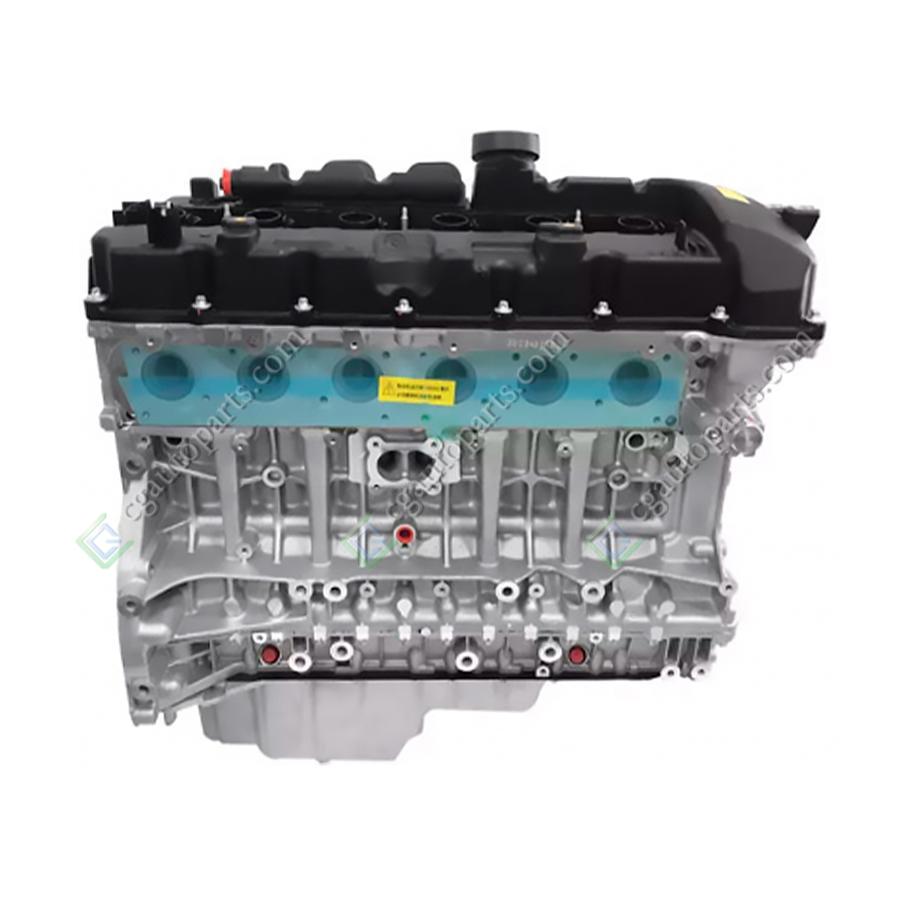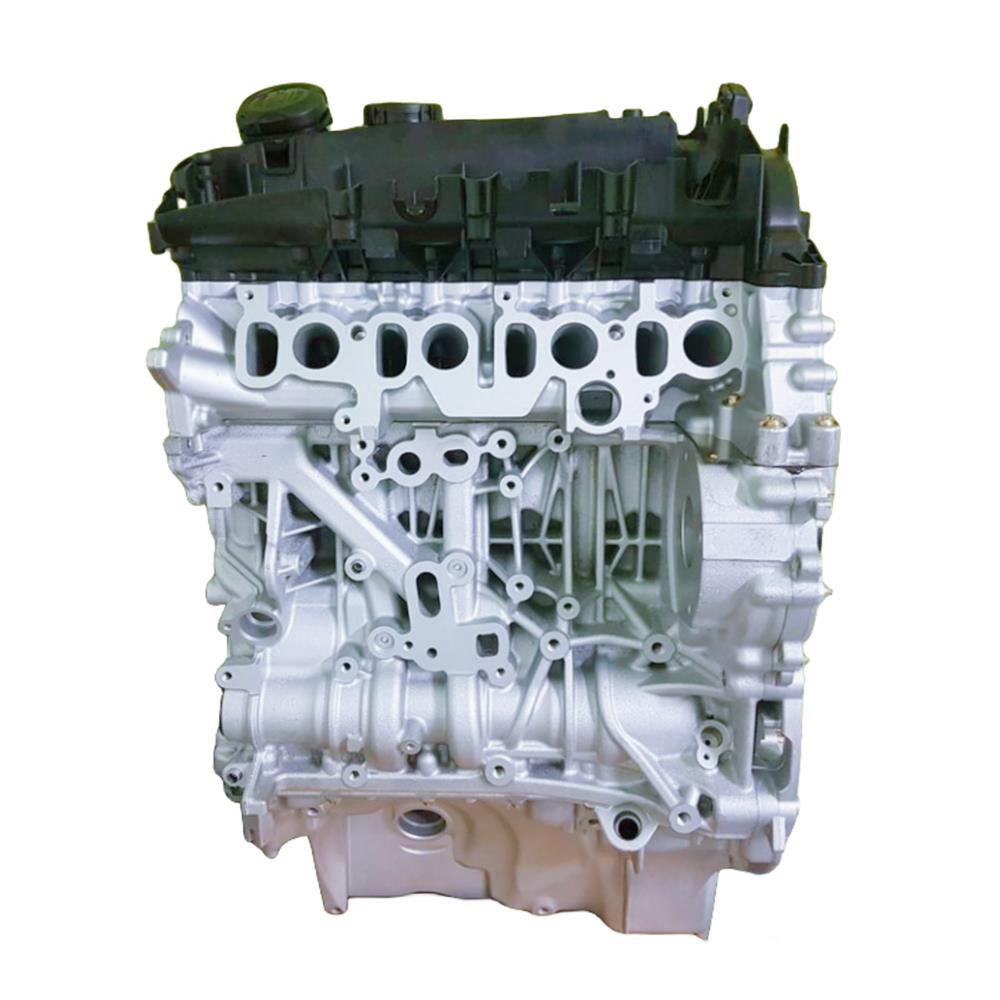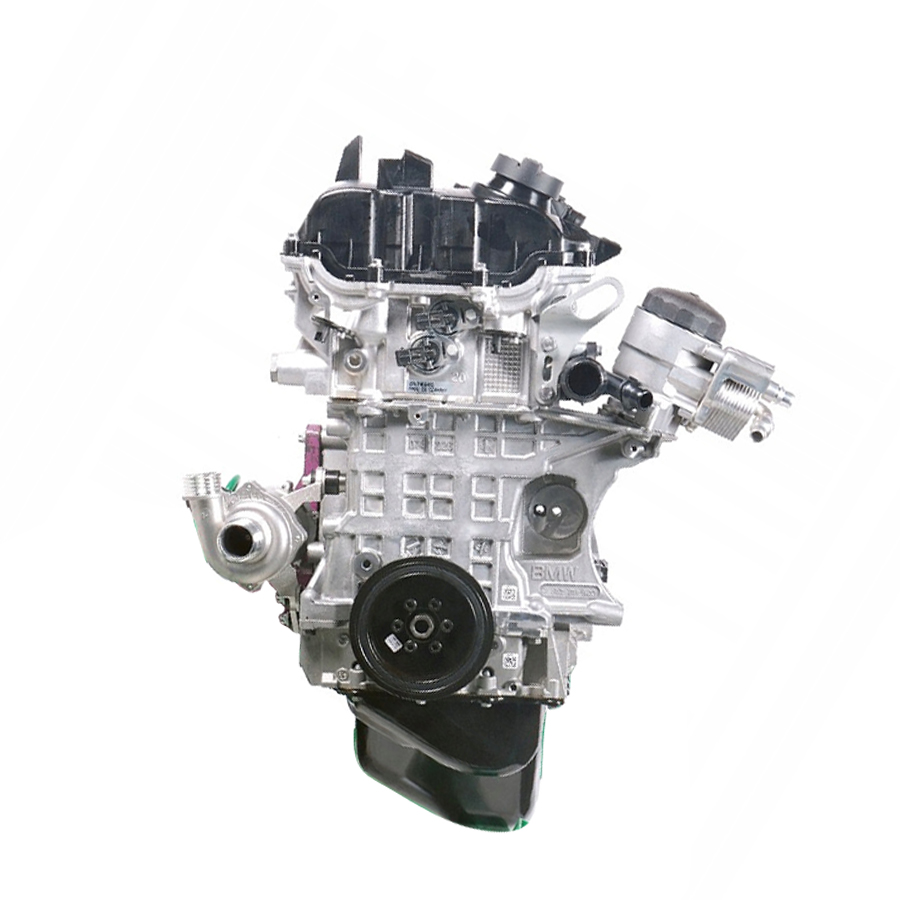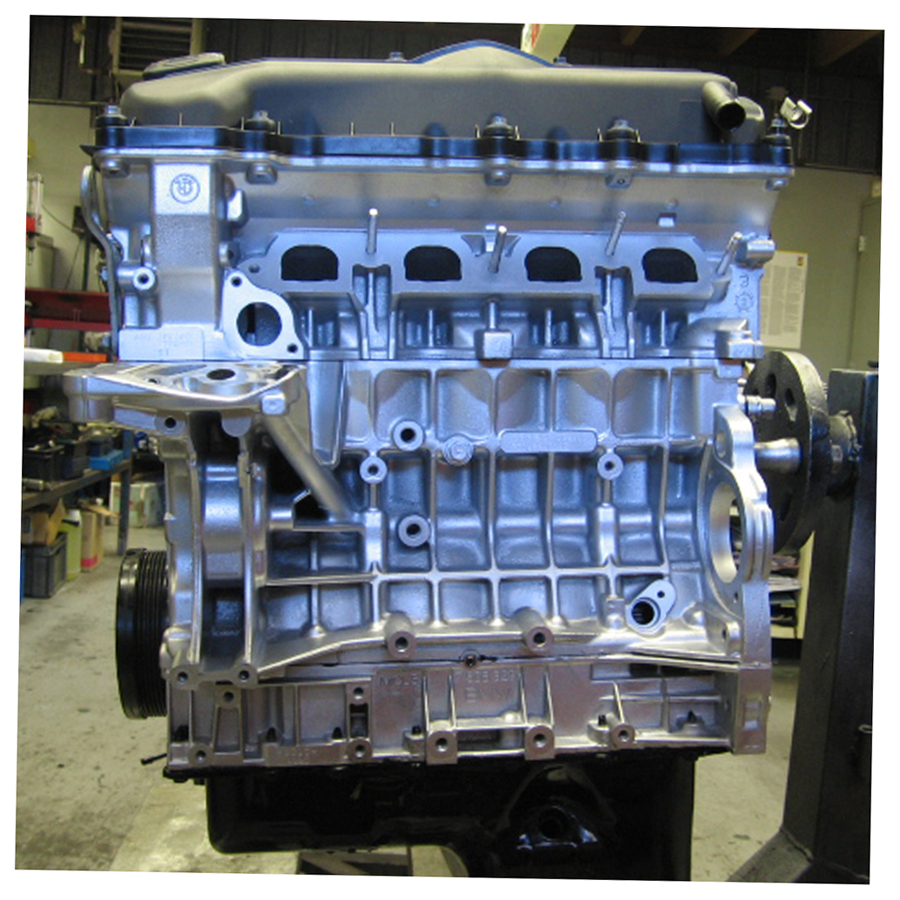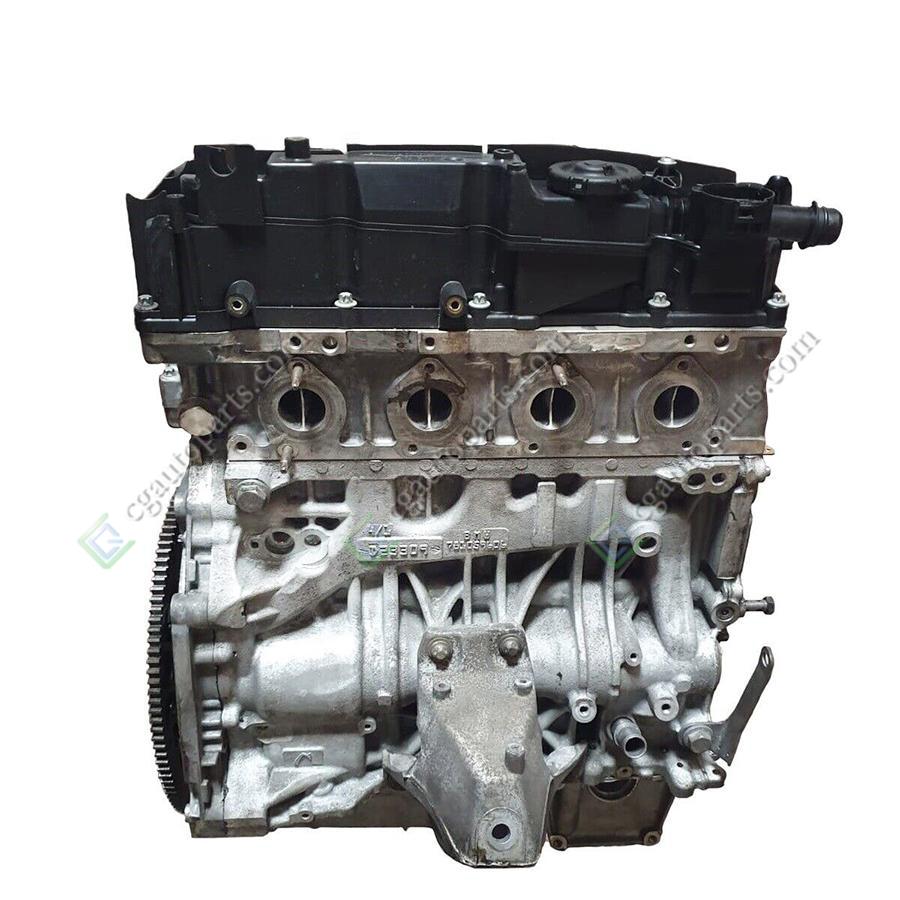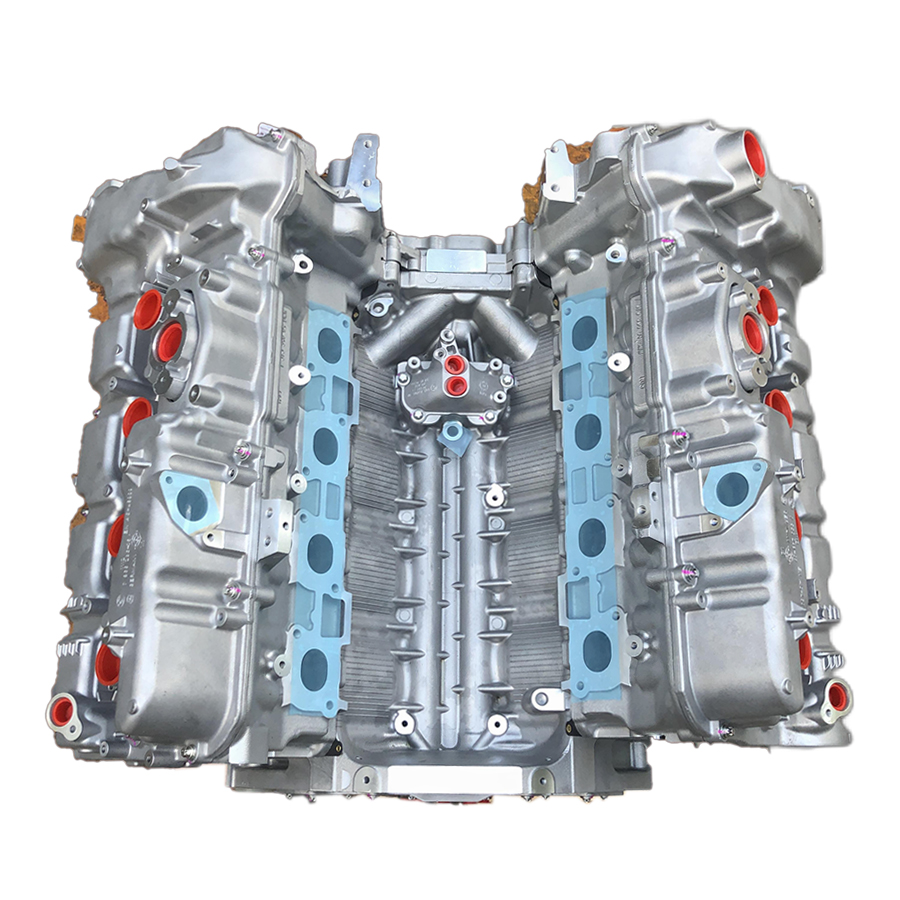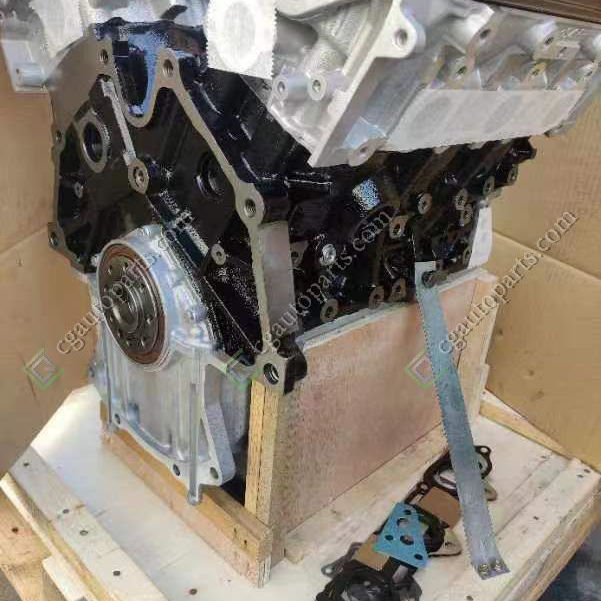COMPLETE ENGINE : Engine Mitsubishi 6G72
PRODUCT INTRODUCTION



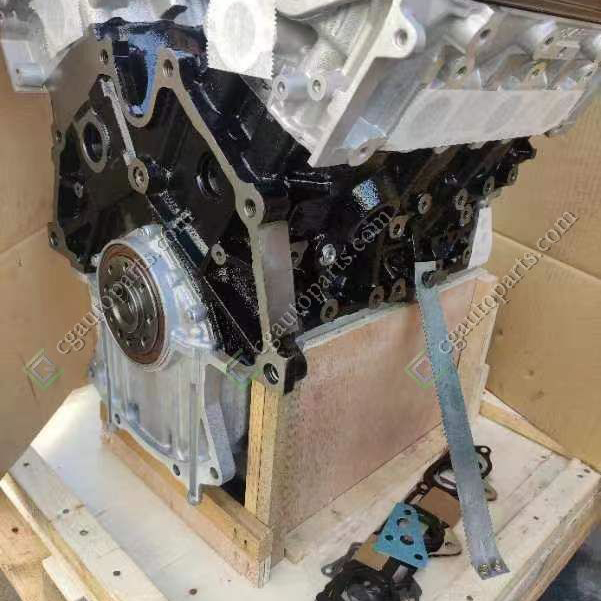



Specifications
Production years |
1986-2008 |
Displacement, cc |
2972 |
Fuel system |
distributed injection (MPI SOHC 12V) |
Power output, hp |
140 – 160 (MPI SOHC 12V) |
Torque output, Nm |
230 – 250 (MPI SOHC 12V) |
Cylinder block |
cast iron V6 |
Block head |
aluminum 24v |
Cylinder bore, mm |
91.1 |
Piston stroke, mm |
76 |
Compression ratio |
9.0 (MPI SOHC 12V) |
Hydraulic lifters |
yes |
Timing drive |
belt |
Turbocharging |
no (except for 6G72TT, for which a separate article) |
Recommended engine oil |
5W-30, 5W-40 |
Engine oil capacity, liter |
5.5 |
Fuel type |
petrol |
Euro standards |
EURO 2 (MPI SOHC 12V) |
Fuel consumption, L/100 km (for Mitsubishi Pajero 1995) |
19.7 |
Engine lifespan, km |
~400 000 |
Weight, kg |
195 |




